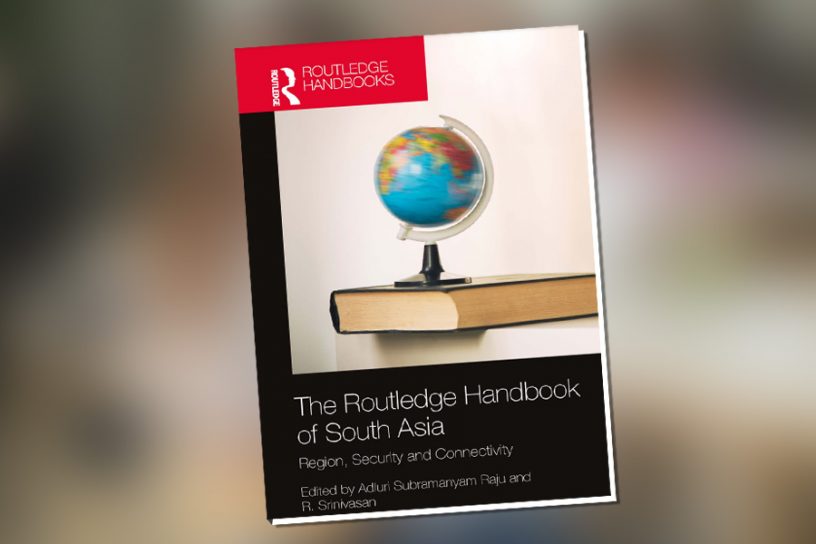
The chapter investigates into the challenges among the South Asian countries and how despite these initiatives there are political reservations that South Asia is still to come to terms with.
Author
Pankaj K. Jha, Professor, Jindal School of International Affairs, O.P. Jindal Global University, Sonipat, Haryana, India.
Summary
Many regions across Asia have been promoting connectivity and developing economic complementarities so that benefits of production and better regional supply chains could be reaped. In the Indian subcontinent, the issue of funds and financing of infrastructure projects have been major constraints. The political differences and problems in execution of the plans by different South Asian countries have been another problem area.
As a result of which China has started developing economic corridors and financing port development in South Asia. To strengthen its connections between ports and hinterland, India has also taken initiatives such as Sagarmala (string of ports), Quadrilateral highway projects, inland waterways and developing transport linkages with its neighbours through BBIN.
The role of international finance institutions which have been promoting development projects would also be addressed in the chapter. The benefits of regional economic integration and promoting connectivity are also not being discussed among the experts and political leaders. The chapter investigates into the challenges among the South Asian countries and how despite these initiatives there are political reservations that South Asia is still to come to terms with.
Published in: The Routledge Handbook of South Asia
To read the full chapter, please click here.


